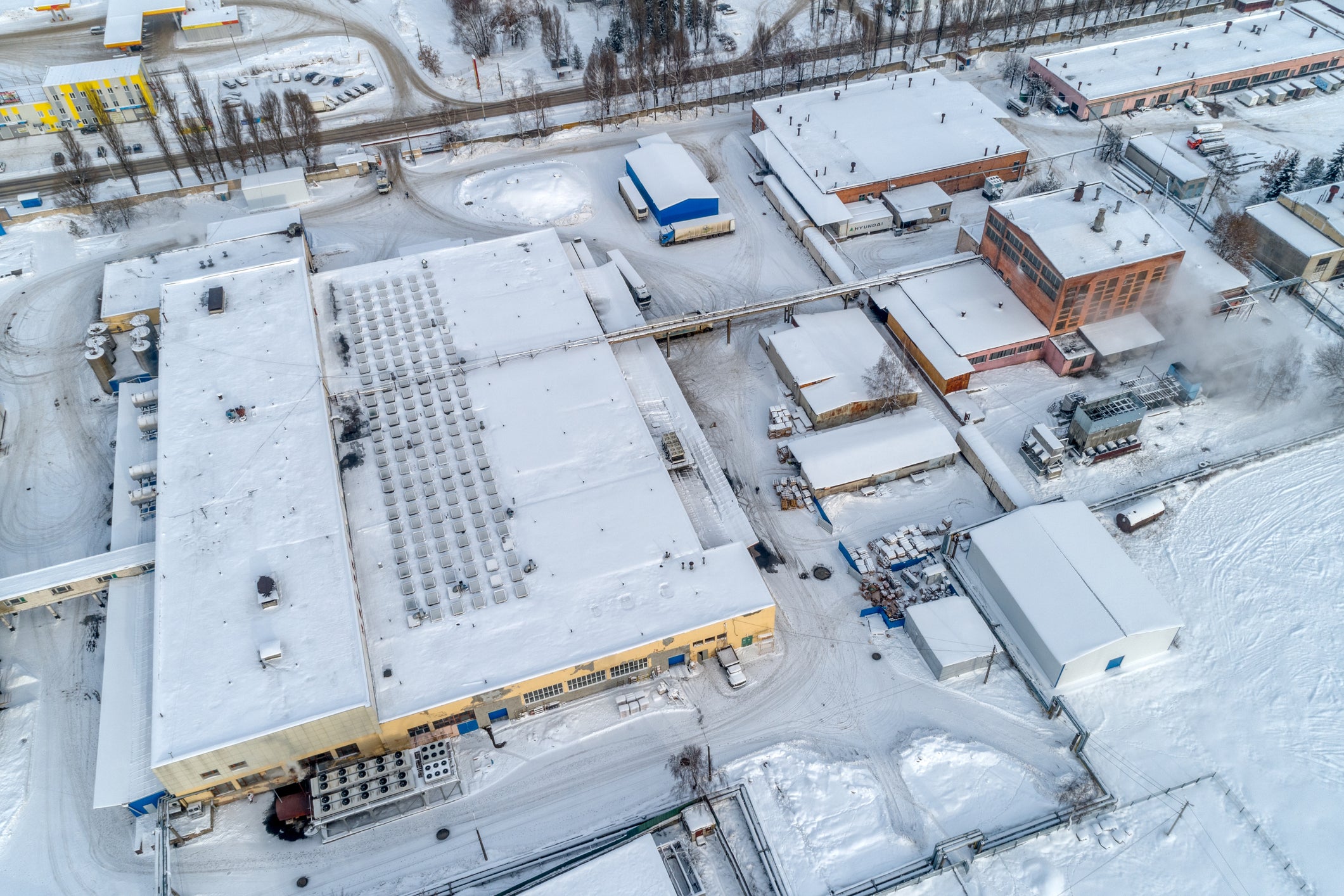Winter presents significant challenges for property managers and business owners in regions that experience heavy snowfall. Keeping sidewalks clear and safe for pedestrians is essential, but the traditional method of using sidewalk salt has both advantages and drawbacks. This article explores the effectiveness of sidewalk salt and considers alternative solutions like heated snow melting mats.
The Effectiveness of Sidewalk Salt

Sidewalk salt, also known as rock salt or sodium chloride, is widely used to melt ice and prevent slippery surfaces. Here are some key points to consider:
Advantages
- Immediate Action: Salt quickly lowers the freezing point of water, making it effective at melting ice and snow.
- Accessibility and Cost: Salt is readily available and relatively inexpensive compared to some other ice-melting solutions.
- Ease of Application: Salt can be easily spread over large areas using simple tools or machinery.
Drawbacks
Despite its effectiveness, sidewalk salt has several drawbacks that can impact the environment, human health, and infrastructure.
- Environmental Impact: Salt can have negative effects on soil, water sources, and vegetation. Runoff from salted areas can lead to soil degradation, water pollution, and damage to plants.
- Health Risks: Direct contact with salt can cause skin irritation, and inhaling salt particles may aggravate respiratory conditions. Pets are also at risk of paw irritation and other health issues if they ingest salt.
- Infrastructure Damage: Salt is corrosive and can deteriorate concrete and asphalt, leading to costly repairs. It can also corrode metal components of vehicles.
The Economic Implications
Using sidewalk salt can lead to hidden costs for property managers and business owners:
- Maintenance Costs: Frequent use of salt can increase the need for maintenance and repairs of sidewalks, driveways, and building exteriors.
- Liability Issues: If someone slips and falls on an icy sidewalk, the property owner could be held liable, potentially leading to lawsuits and higher insurance premiums.
- Reputation Concerns: Businesses that fail to maintain safe walkways may risk damaging their reputation with customers and employees.
Considering Alternatives: HeatTrak PRO Heated Snow Melting Mats

Given the drawbacks of sidewalk salt, it’s worth considering alternative solutions like heated snow melting mats. HeatTrak PRO mats offer several benefits:
Environmental and Health Benefits
- Chemical-Free: Heated mats melt snow and ice without the use of chemicals, reducing the risk of soil and water contamination and protecting vegetation.
- Safety for Humans and Pets: There are no salts or chemicals to irritate skin or respiratory systems, and pets can walk on the mats without risk of paw irritation.
Infrastructure Protection
- Reduced Corrosion: Heated mats do not cause the same wear and tear on concrete and asphalt as salt, potentially reducing the need for frequent repairs.
- Vehicle Safety: Without salt, there is no risk of corrosion to vehicles parked or driven on the property.
Economic Considerations
- Long-Term Savings: While the initial investment in heated mats may be higher, the long-term savings from reduced maintenance and repair costs can be substantial.
- Lower Liability Risk: Providing safe, ice-free walkways can reduce the risk of slip-and-fall accidents, potentially lowering liability and insurance costs.
- Enhanced Reputation: Demonstrating a commitment to safety and environmental responsibility can enhance a business’s reputation and customer loyalty.
Conclusion
The use of sidewalk salt has been a common practice for managing winter conditions, offering immediate and cost-effective results. However, its environmental impact, health risks, and potential damage to infrastructure present significant challenges. Alternatives like HeatTrak PRO heated snow melting mats provide a chemical-free, safe, and potentially cost-saving solution for keeping walkways clear.
When deciding on the best method for your business, it's important to weigh the immediate benefits of sidewalk salt against its long-term drawbacks and consider the potential advantages of heated snow melting mats. By exploring all options, you can make an informed decision that balances effectiveness, safety, and sustainability.


